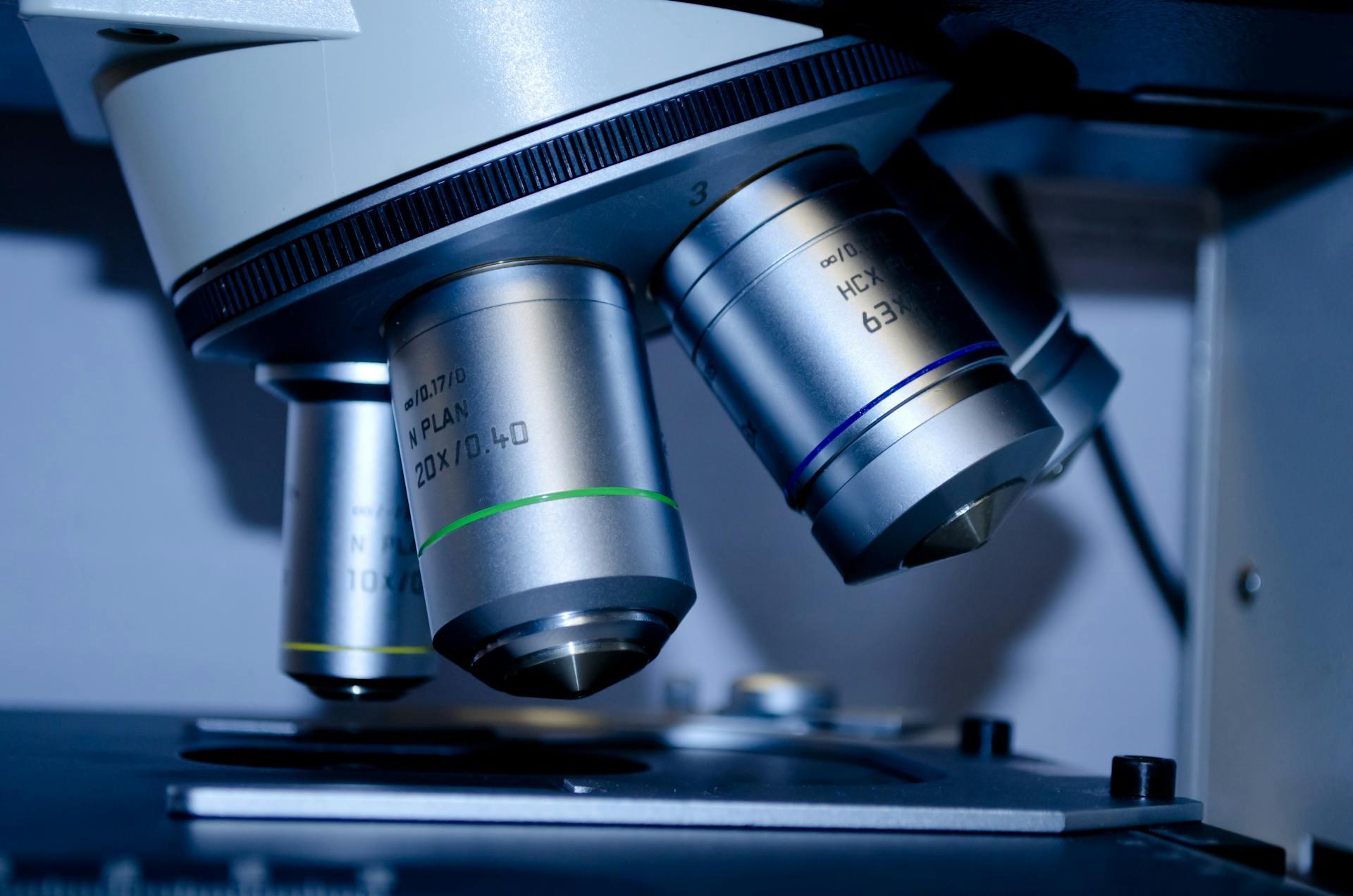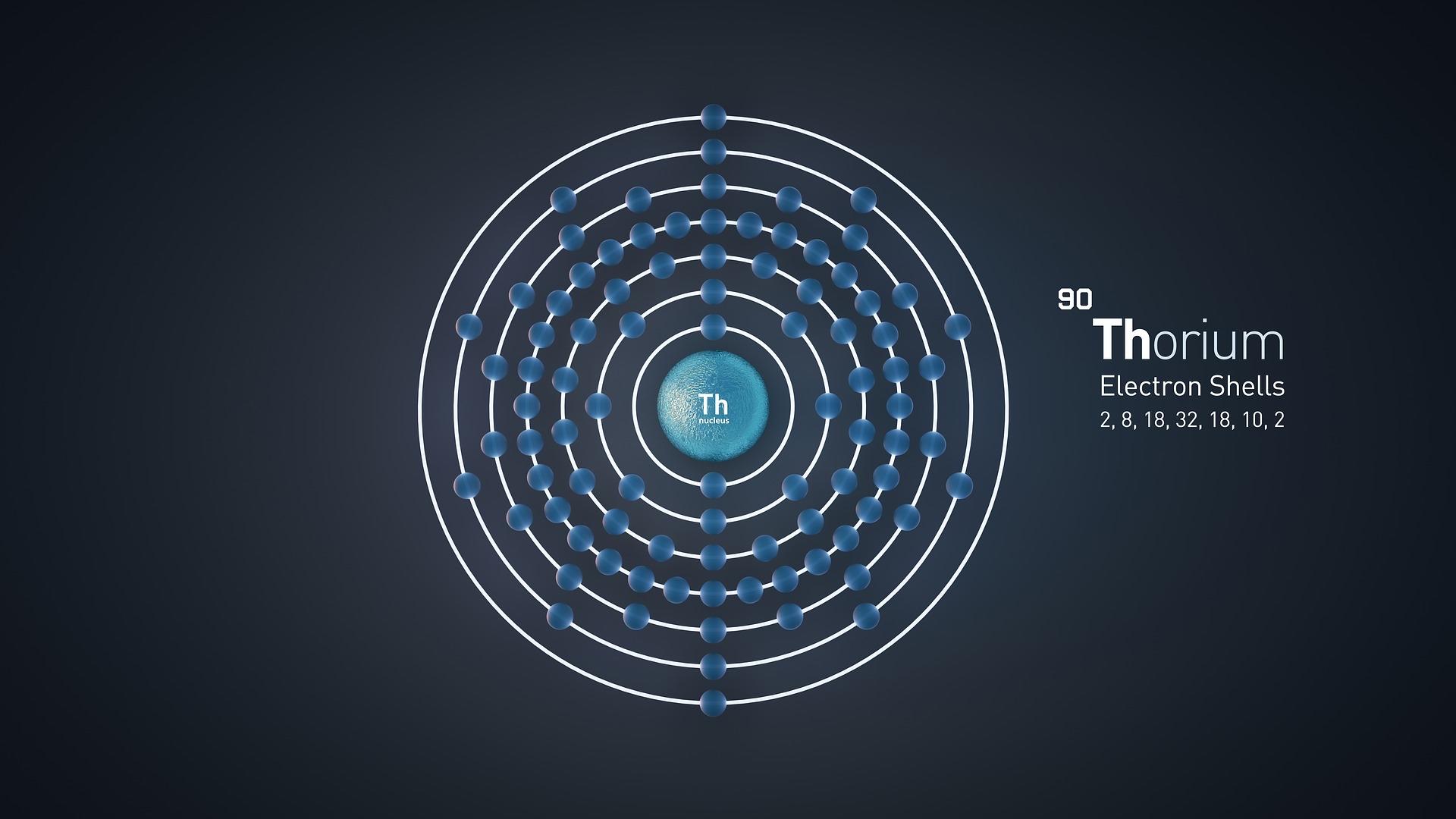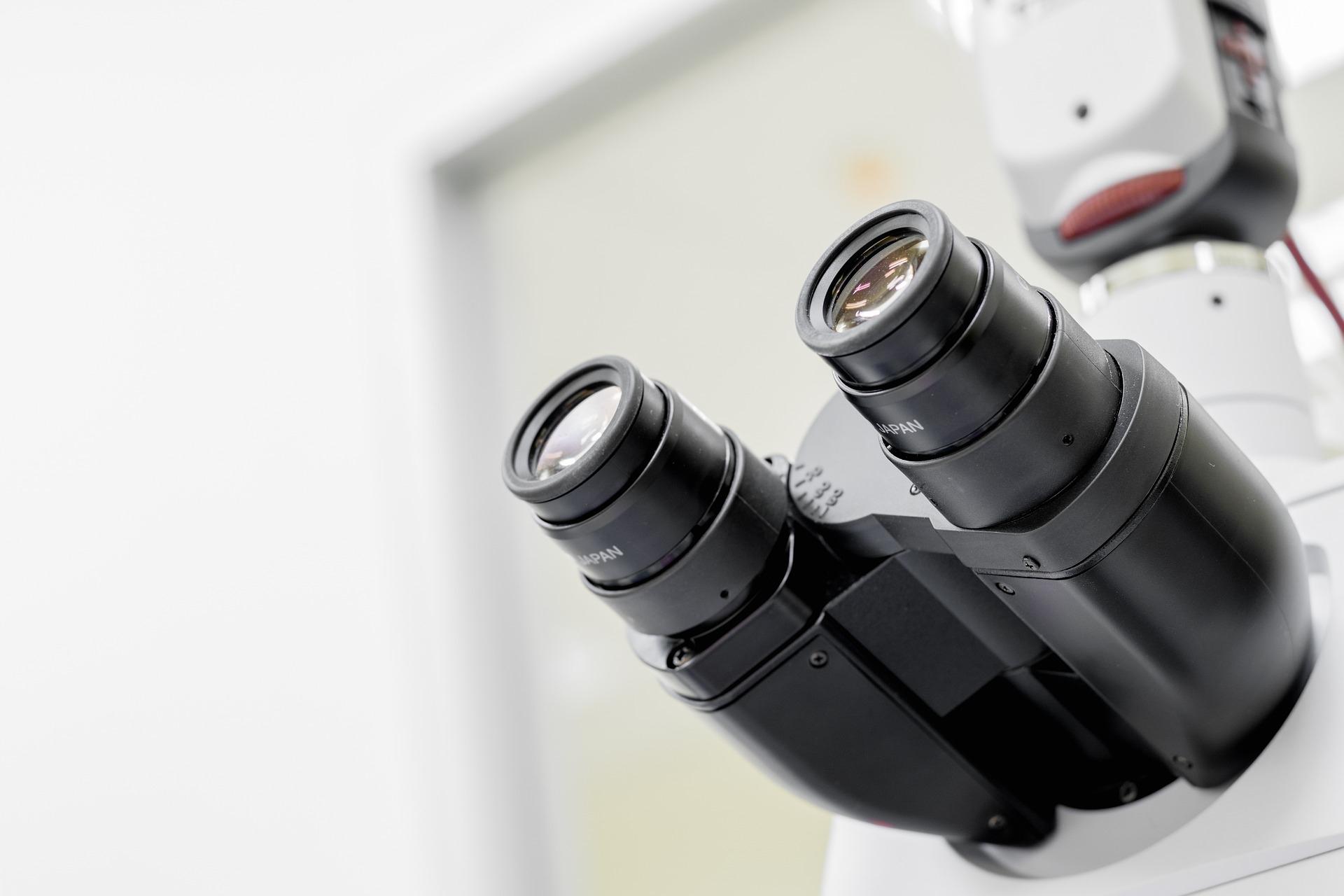Scientists have developed the world’s fastest microscope, capable of capturing electrons in motion. This breakthrough technology provides an unprecedented view of the microscopic world, potentially transforming how we study materials and biological processes.
This ultra-fast microscope opens up a world of possibilities for physics, chemistry, and biology.
How Fast Is the World’s Fastest Microscope?

The microscope operates at a femtosecond scale—one quadrillionth of a second! This speed allows researchers to capture the rapid motion of electrons, which was previously impossible with conventional microscopy techniques.
This level of precision could lead to new discoveries in quantum mechanics and materials science.
Seeing Electrons in Motion: The Breakthrough Explained

Electrons are the building blocks of atoms, but their motion has always been too fast to capture. With this new microscope, researchers can now directly observe electron dynamics, offering a clearer understanding of atomic and molecular behavior.
This new insight could have implications for a wide range of scientific fields.
The Technology Behind the Fastest Microscope

The microscope uses advanced laser technology to create ultra-short light pulses, which can “freeze” the motion of electrons for observation. This allows scientists to effectively capture the fleeting moments when electrons are in motion.
This breakthrough was made possible through years of research and development in laser physics.
—
Why This Matters: Advancing Quantum Research

One of the most exciting applications of this microscope is in quantum research. By observing electron behavior at the quantum level, scientists can explore new phenomena and potentially develop new quantum technologies.
This could lead to breakthroughs in quantum computing, cryptography, and more.
A New Era for Materials Science

Materials science will also benefit greatly from this technology. By studying how electrons move within different materials, researchers can develop stronger, more efficient materials for use in everything from electronics to construction.
This microscope could unlock the secrets of superconductors, nanomaterials, and other advanced technologies.
Potential Breakthroughs in Biology

This revolutionary microscope isn’t just for physics, it could also be a game changer in biology. By capturing electron movement in biological molecules, scientists can study the fundamental processes of life at a new level of detail.
This has potential applications in drug discovery, medical diagnostics, and biotechnology.
The Race for Better Technology: Who’s Leading the Charge?

This breakthrough was achieved by a team of international researchers, showcasing the power of global collaboration in scientific advancement. As competition heats up, we can expect even more rapid developments in microscopy technology.
The world’s leading universities and research institutions are pushing the boundaries of what’s possible.
Future Applications: What’s Next for Ultra-Fast Microscopy?

The potential applications of this microscope are nearly limitless. From developing new energy technologies to understanding the origins of the universe, this technology could be a cornerstone for future scientific breakthroughs.
As scientists continue to explore the possibilities, we are likely to see exciting new innovations emerge.
A New Frontier in Scientific Discovery

The development of the world’s fastest microscope marks the beginning of a new era in science. With the ability to see electrons in motion, researchers are now equipped with a powerful tool that could reshape our understanding of the universe.
As we look to the future, the possibilities seem endless.

